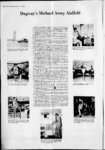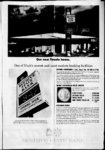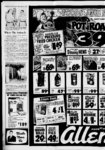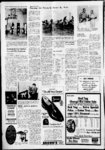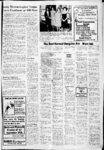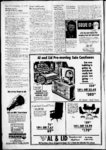Test Run | 1966-09-23 | Page 2
| Type | issue |
| Date | 1966-09-23 |
| Paper | Test Run |
| Language | eng |
| City | Dugway |
| County | Tooele |
| Rights | No Copyright - United States (NoC-US) |
| Publisher | Digitized by J. Willard Marriott Library, University of Utah |
| ARK | ark:/87278/s68q1tn2 |
| Reference URL | https://newspapers.lib.utah.edu/ark:/87278/s68q1tn2 |
Page Metadata
| Type | page |
| Date | 1966-09-23 |
| Paper | Test Run |
| Language | eng |
| City | Dugway |
| County | Tooele |
| Page | 2 |
| Reference URL | https://newspapers.lib.utah.edu/ark:/87278/s68q1tn2/29816736 |

